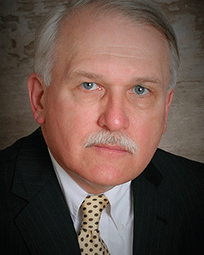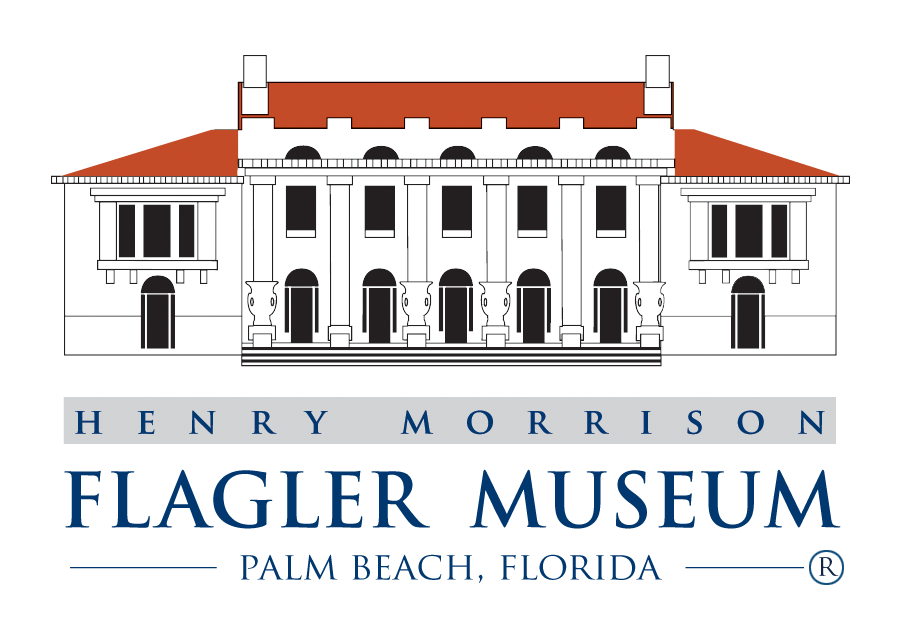The 34th Annual Whitehall Lecture Series, The Last Days of the Gilded Age, presented each Sunday afternoon from February 3 to March 3, set the stage to eulogize the Gilded Age as the golden era of booming economy, rapid scientific and technological advancement, and strict social etiquette for some, and introduce the dawn of the Progressive Era, defined by years of push for social and political reform and cultural change. As the Series progressed, audiences heard from leading scholars in the areas of politics, social history, and the 1929 economic event that ended the era with a resounding crash.
When possible, each lecture was followed by a book signing with the author. Visit the Museum Store for a wide selection of books related to the Whitehall Lecture Series.
Website visitors can now watch the lectures via a Livestream broadcast. There is no charge to watch the Livestream lectures.
Sponsored by:











